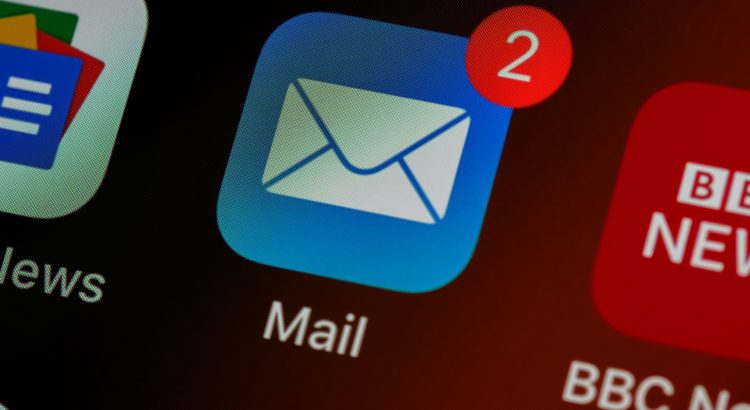Email marketing has come a long way since the days of batch-and-blast messages sent to hundreds or even thousands of recipients. Thanks to technological advances, today’s email marketing strategy is targeted, personalized, and more effective than ever. In this blog post, we’ll look at how email marketing has evolved with technology and why it remains an integral part of any successful marketing mix.
Segmenting Email Lists
One of the most critical advances in email marketing technology is the ability to segment email lists. In the early days of email marketing, businesses would send the same message to their entire list, regardless of the recipient’s interests or demographics. This “spray-and-pray” approach was less effective than today’s targeted messages and could lead to high rates of unsubscribes and complaints.
But with email list segmentation, businesses can send more targeted messages that are more likely to be well-received by the recipient. Segmentation also allows companies to test different messages and see which ones are most effective with diverse groups of people.
B2B (business-to-business) companies can then segment their email lists by job title, industry, or company size. A furniture shop targeting interior designers might segment its email list by interior designers email addresses. Using this information, the furniture shop can send more targeted messages with special offers or new product information that is most relevant to interior designers.
Message Personalization
Another significant advance in email marketing technology is the ability to personalize messages. Gone are the days when businesses would simply insert a recipient’s first name into the subject line and call it a day. Today’s email marketing platforms allow companies to insert dynamic content into their emails, meaning they can tailor each message to the individual recipient.
For example, a clothing retailer could send an email with content that includes products that the recipient has viewed on their website or purchased in the past. Personalized emails not only improve engagement rates but also lead to more conversions. Many businesses are now using purchase data to create “lookbook” emails that feature similar products to what the customer has already bought.
Some companies also use email personalization to send messages triggered by specific actions. For example, an e-commerce site might send an “abandoned cart” email to a customer who has added items to their cart but has not completed the purchase. These types of messages are highly effective at recovering lost sales and can be personalized to include the specific items that were left in the cart.
SEO-Friendly Emails
Due to the rise of Search Engine Optimization (SEO), businesses are now more aware of the need to optimize their content for the web. This includes email marketing content. By optimizing their emails for SEO, companies can improve their visibility in search engine results pages (SERPs) and drive more traffic to their website.
There are a few different ways to optimize email content for SEO. One is to include keywords in the email’s subject line and/or body. This will help the email show up in search results for those keywords. Another way to optimize email content for SEO is to include links to your website or blog. With the right anchor text, these links can help improve your website’s SEO.
Driving Traffic
Finally, businesses can also use email marketing to drive social media traffic. By including share buttons in their emails, companies make it easy for recipients to share their emails on social media. This can help increase your reach and get your message in front of more people.
When driving traffic from email to social media, it’s essential to use a call-to-action (CTA) that is specific and effective. For example, a CTA that simply says “Check out our Facebook page” is not as effective as a CTA that says “Like us on Facebook to get exclusive deals and news.” Buttons that say “Share on Twitter” or “Pin this” can also be effective CTAs.
Many marketers also use email to drive traffic to their blog or website. Aside from organic traffic, this can be a great way to generate leads or sales. They will direct readers to a landing page where they can learn more about your product or service.
Email marketing remains an essential part of any successful marketing mix because it is a highly effective way to reach your target audience with personalized and relevant messages. Thanks to technological advances, today’s email marketing is more effective than ever.
But you cannot rely on technology alone to improve your email marketing results. You also need to take the time to create well-written, engaging content that will resonate with your audience. only then will you be able to truly take advantage of all that email marketing has to offer.
Photo by Brett Jordan on Unsplash
